Crowned Dens Syndrome
What is Crowned Dens Syndrome?
Crowned dens syndrome is an inflammatory disease resulting from crystal deposition in the cruciform and alar ligaments covering the dens, seeming as a radiopaque “crown” covering the top of the dens.
The dens, also called the odontoid process, is a peg-like bone pointing up from the second cervical vertebra (C2) and attaching to the first cervical vertebra (C1) and allowing head rotation. It generally presents with pain and raised inflammatory markers. The crowned dens syndrome is a rare condition entity that radiologically indicates calcification at the cruciform ligament near the odontoid process and clinically presents fever, acute cervical-occipital pain, and neck stiffness accompanied by a biological inflammatory response
cervical pain due to deposition of calcium pyrophosphate dehydrate (CPPD) crystals or hydroxylapatite at the cervical spine and illustrated radiologically as a crown or halo-like allocation when radio-opaque density seemed at the top and side of the process of the odontoid. CPPD crystal or basic calcium phosphate crystal is derived from hyaline cartilage which includes hypertrophic chondrocytes, and it can derive from any joint that is formed of cartilage but infrequently from the tendon or bursa. If it happens at the cervicofacial joint covered by several ligaments and if it generates extreme pain and restriction of neck rotation at the same time, so it can be called CDS
Epidemiology
Crowned dens syndrome is generally encountered in geriatric people (exact demographics as CPPD and HADD elsewhere, eg. Milwaukee shoulder syndrome).
Crowned Dens Syndrome Causes
It is not known why the construction of calcium deposits near the dens cause symptoms for some patient but not others. Yet, it is believed that these calcifications may occasionally induce an inflammatory reaction.
The head rotation mostly affects motion near the dens. Any additional friction or barriers within this C1-C2 joint arising from calcifications associated with crowned dens syndrome can potentially raise inflammation and neck aches.
Common Symptoms
Crowned dens syndrome symptoms could contain one or more of the following:
Neck pain. This symptom is the most familiar, and it is probable to feel intensely sharp, especially with motion. This pain is generally found in the top of the neck and the bottom of the skull.
Neck stiffness. Due to aches and inflammation, moving the neck can evolve tough.
Fever. A person may have an elevated temperature and further signs of inflammation.
Neurological problems. If the spinal cord evolves squeezed by crystal formations toward the top of the cervical spine, myelopathy can happen. Some symptoms could contain tingling, pain, and/or numbness anywhere in the body under the upper neck, decreased strength and coordination of arms and/or legs, and/or less bowel and bladder control.
One analysis discovered that of the patient who had crystal formation on the ligaments covering the dens, less than 20% had aching symptoms. As such, some medical professionals say the ache must be current for it to be considered crowned dens syndrome.
Diagnosis
Crowned dens syndrome is improbable to be among the first reasons suspected for neck aches due to its rarity. Yet, if the doctor ultimately orders a CT scan of the cervical spine, crowned dens syndrome can be fairly easy to spot. CT scans use a computer to make cross-sections from multiple X-ray pictures, which can display even tiny abnormalities in bones.
If the person is experiencing neck ache and further symptoms, and the CT scan indicates the crown of calcifications that have been created on the dens, crowned dens syndrome is the authorized diagnosis.
Treatment of Crowned Dens Syndrome
Crowned dens syndrome is generally treated non-surgically with prescription anti-inflammatory drugs, like nonsteroidal anti-inflammatory drugs (NSAIDs) and colchicine, or corticosteroids, like prednisolone.
Most patients of symptomatic crowned dens syndrome resolve within a few weeks or months possibly due to resorption of the calcium deposits. In circumstances where the symptoms stay longer, surgery may be considered, particularly if inflammation and/or calcifications have begun to generate spinal cord compression. Crowned dens syndrome generally needs only medical control with anti-inflammatory agents. It generally spontaneously fixes although the duration is varying (from days to months). In some circumstances, the inflammatory pannus can result in cervical cord compression, and this may need surgical decompression.
Physiotherapy treatment in Crowned Dens Syndrome
Physical therapy may assist enhance function in a person with this syndrome by assisting to:
Decrease pain and enhance mobility
Enhance balance and coordination; and
Strengthen muscles near the head and neck
Physical therapy for this syndrome may contain activities to stretch and strengthen the muscles near the head and neck, as well as heat or cold therapies.
The best activities include:
Range of motion
Resistance bands; and
Neck flexion and extension
Those healing from the condition can do activities such as these at home or in a physical therapy environment.
Range of motion exercises
This kind of exercise benefits restoring range of movement and flexibility in the:
Neck
Shoulders; and
Upper back
Range of motion activities can assist to ease pain and enhance reduced function that is generated by occipital neuralgia.
Neck flexion / Extension exercises
Neck flexion and extension activities assist to stretch and lengthen the muscles near the neck, head, and arms.
Examples of stretching exercises contain:
Shoulder rolls
Arm circles; and
Neck stretches
Parallel to the range of motion activities, neck flexion, and extension activities can also assist to reduce neck pain and enhance function.
Resistance band exercises
Resistance band activities are a great way to enhance your condition symptoms.
Some instances of activities that are useful for physical therapy contain:
Band lateral raises
Band pull-ups; and
Band shoulder presses
These activities assist to stretch and strengthen the muscles covering the nerve, which can assist to ease the pain.
In some circumstances, modalities like heat, ice, interferential current, ultrasound, transcutaneous electrical muscle stimulators (TENS), laser, or muscle stimulators may be used to reduce your headache pain or further related symptoms. Tape or strapping may also be utilized to ease tension on muscles that may be elongated, tight, or weak. Braces that help with posturing may even be helpful in some circumstances.
FAQ
How do you treat calcification in the neck?
Drug and physical therapy can generally be used to manage calcific tendonitis. Typical medication prescribed to manage the situation contains nonsteroidal anti-inflammatory drugs (NSAIDs), which are also available over the counter.
Can you get calcium buildup in your neck?
Crowned dens syndrome happens when too many calcium deposits form on the bone’s surrounding ligaments, which can look like a crown and generate an excruciating neck ache. The cause of some patients developing crowned dens syndrome and further do not is still not completely understood by the medical society.
What foods help with calcification?
Fruits And Vegetables With Higher Potassium Levels May Assist in Decrease Arterial Sclerosis And Calcification. Scientists posting a new analysis in the journal JCI Insight have completed that high-potassium foods like avocados and bananas save the arteries against hardening or calcification
How long does the calcific stage last?
Calcium generally disappears spontaneously with a period. A full explanation of symptoms can bring 12 to 18 months. If symptoms are extreme or resolve gradually, then surgery is considered.
Can you stop calcification?
There is no proven way to stop calcifications, as they result from different biological functions. Quitting smoking and altering diet may affect the appearance of calcifications, relying on the area of the buildup. Kidney stones may create less frequently with specific dietary changes.

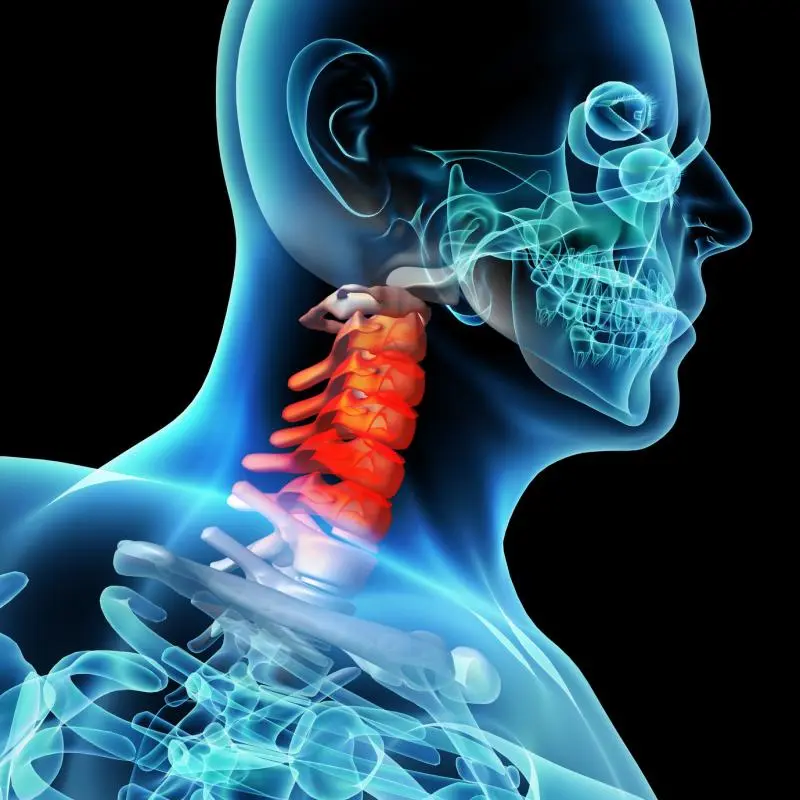

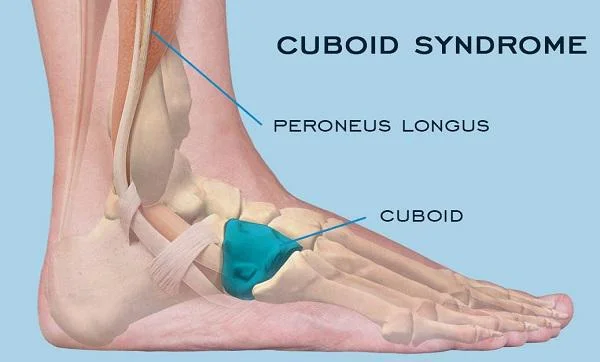
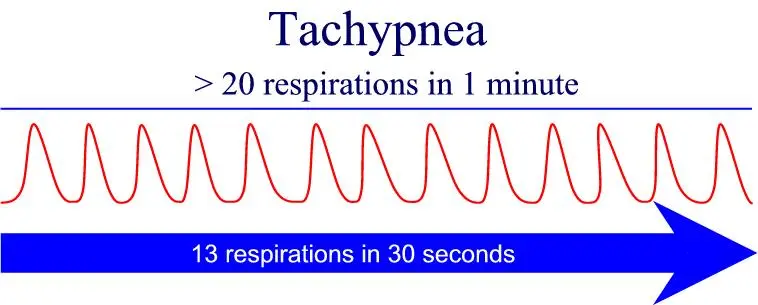
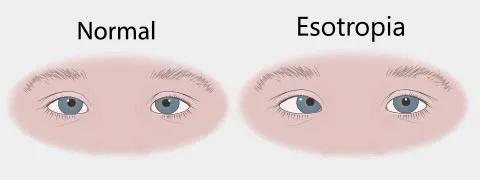

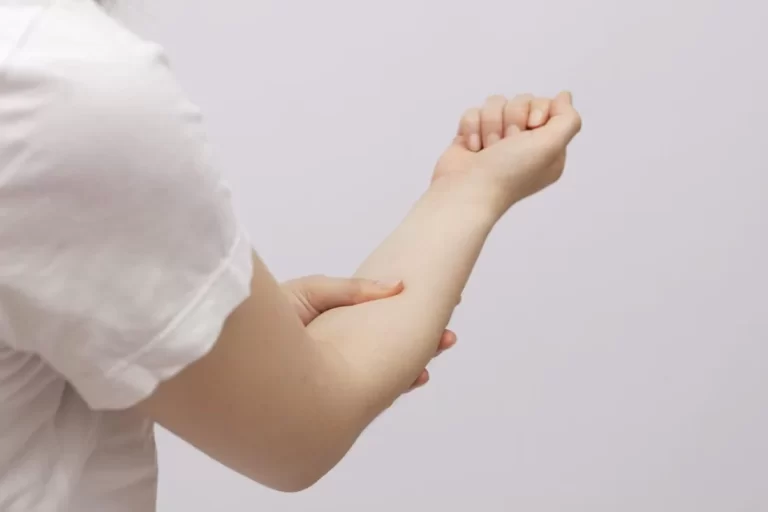
One Comment